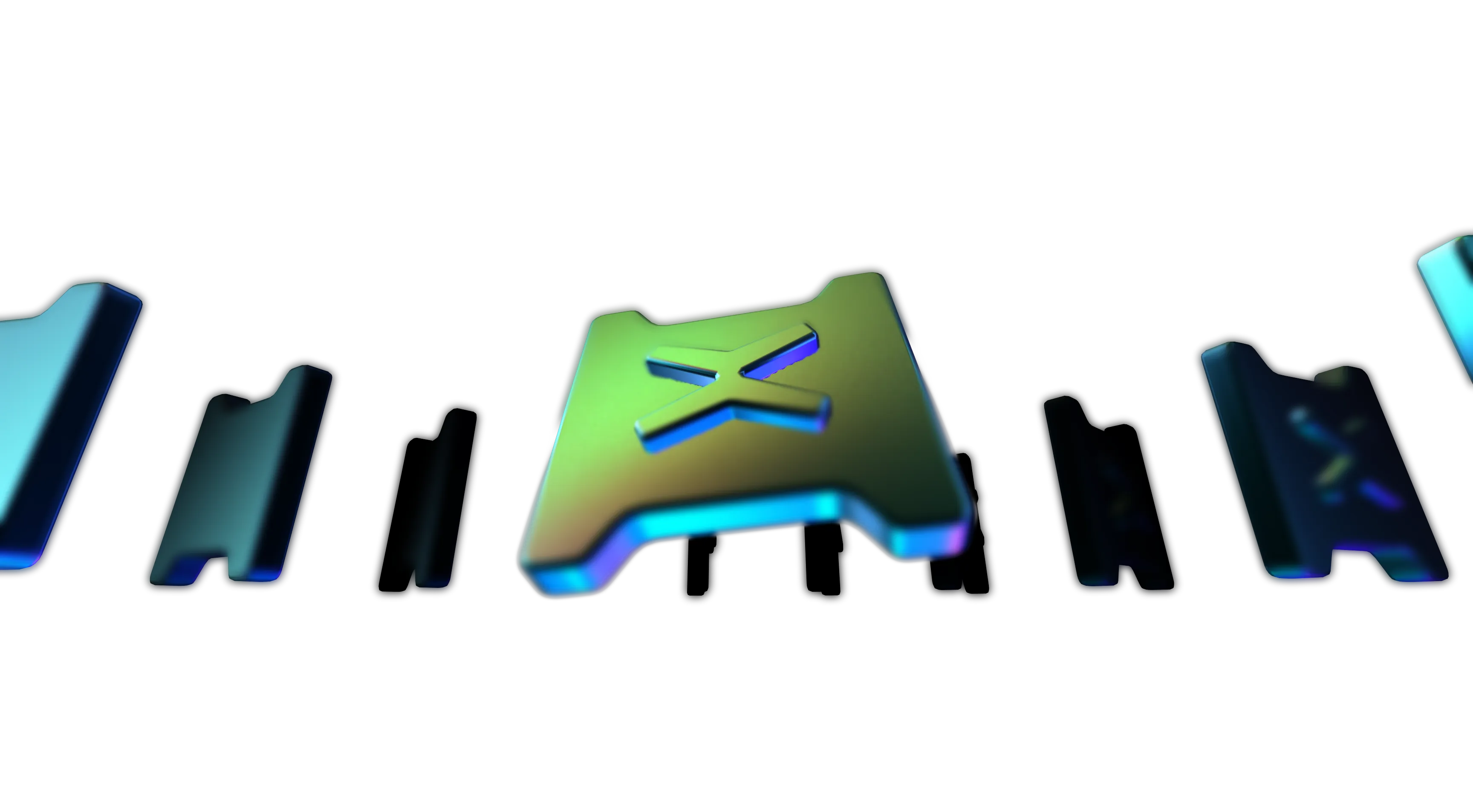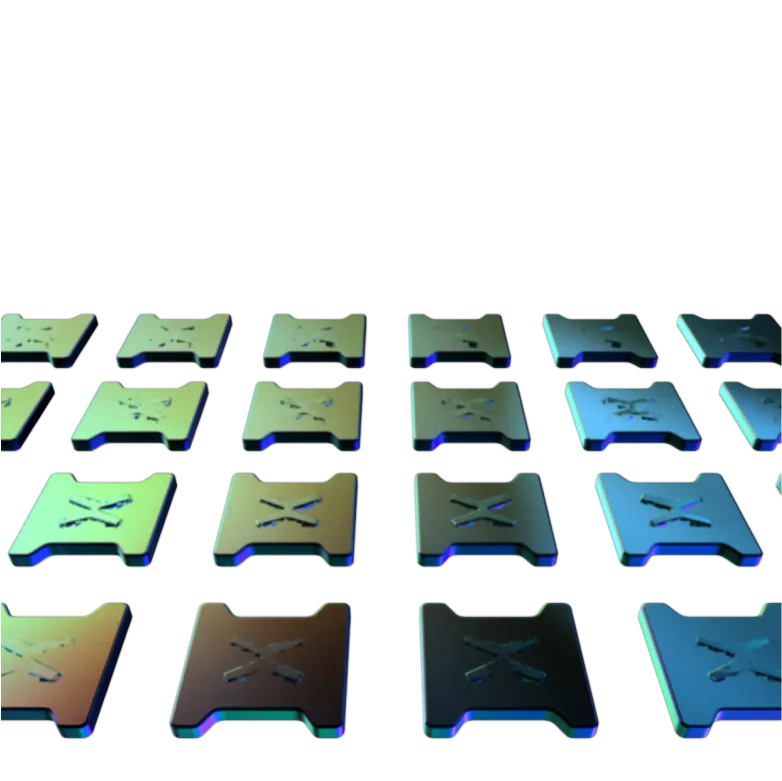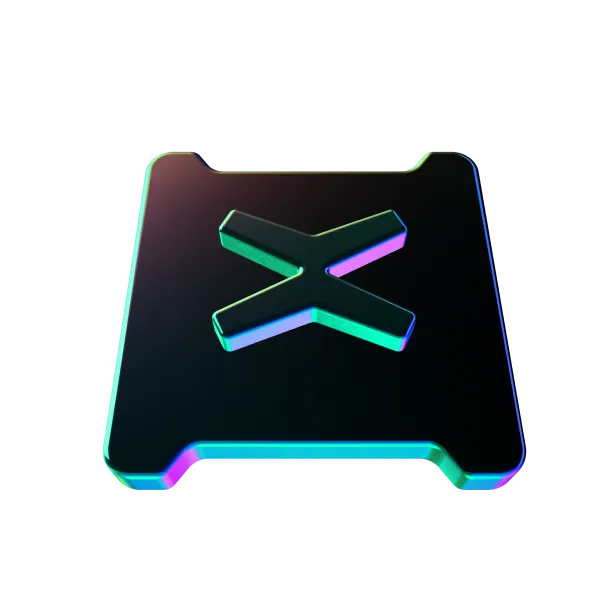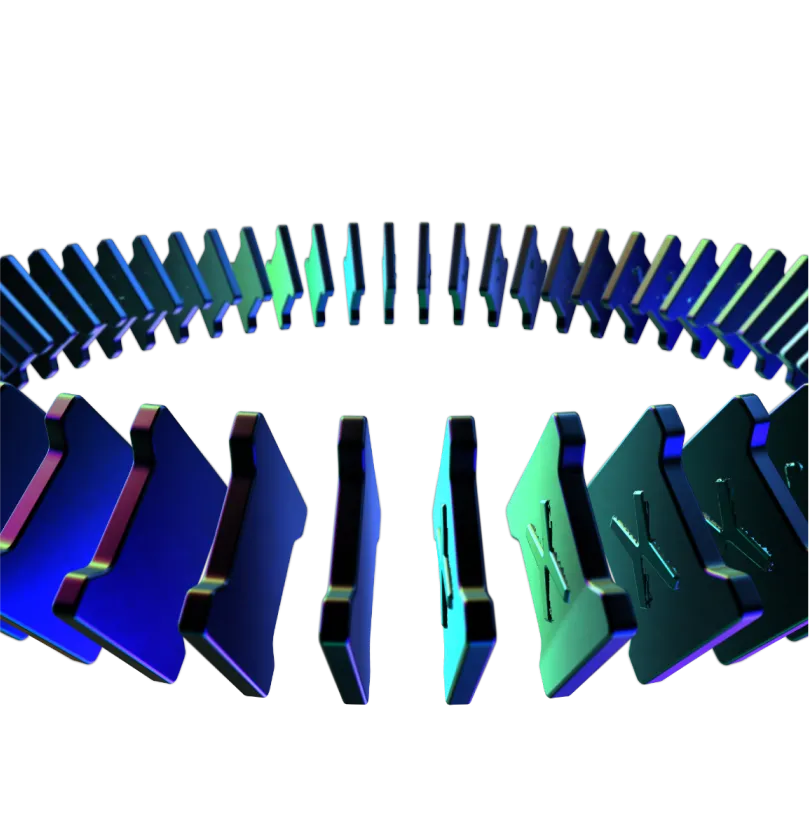
Build and deploy custom L2s or Appchains
It’s time to build, with Sovereign Chains
Read the documentation
Find the code on Github
Join the next Developer Session
Sessions are coming soon!

A Non-Zero Sum Game
Acceleration Layer
Interoperability Layer
Bitcoin L2
Ethereum L2
Solana L2

Propel your vision with Growth Games
DeFi
Gaming
Payments

Teams are already building with Sovereign Chains

OneFinity is building the first EVM-compatible Sovereign Chain.
Alex Jilavu



Turn vision into action
Build with best-in-class tech
Accelerate your time to market
Join a community of millions of users

Custom Fees and Gas Tokens

Hyper-Scalable

Composable with MultiversX

Best-in-class chain module


Seamless Cross-Chain Interactions

Compatible with Bitcoin, Ethereum, Solana, Move-based chains, and more.
Frequently Asked Questions
What are Sovereign Chains?
For developers, it is a multi-chain integrated-modular stack for optimally launching L0s/L2s/Appchains.
For users, it is the first time they will experience a unified interchain experience with the convenience of the traditional web and accessible from one interface.
For MultiversX, it is the way we are scaling the performance and functionality of the network to all blockchains. Connecting them, combining their best aspects and pushing them to the limits.
What are some potential use cases? How do SoCs apply to some specific verticals (gaming, public sector, medical sector, AI)?
Sovereign Chains offer tailored blockchain solutions across various sectors, such as healthcare, education, government services, financial system or supply chain management, by enabling high customization, scalability and security.
For instance, in gaming, they enable seamless interoperability, allowing players to trade in-game assets across various chains with negligible fees. In the public sector, Sovereign Chains can enhance transparency and trust in services such as land/property registration or digital identities. Of course, the application of robust blockchain tech can have immediate applications in other areas as well.
For AI platforms, Sovereign Chains can facilitate access to private, secure and cost-effective environments for processing large datasets, enhancing the development and deployment of new AI models. In healthcare, they can ensure secure patient data management or improve supply chain integrity for pharmaceuticals.
Who should launch a dApp chain versus just a dApp on an established chain?
It all depends on the specific needs of the project. If an app requires high performance and dedicated resources, Sovereign Chains provide independent infrastructures, ensuring optimal capacity without interference from other applications. Developers not only get their own blockspace, but also the possibility to configure their technology stack to create the ideal environment for their app to succeed in the market (i.g. free interactions for users, gas token, virtual machine, network parameters like blocktime, etc.)
Can Sovereign Chains be developed now? Where do I get support and read about the first steps?
Yes! Not only are Sovereign Chains available for developers to build on them, but we already have made public three design architectures for Bitcoin, Ethereum and Solana, to help builders from some of the largest ecosystems get started.
For developers who are at their first interaction with the Web3 space, the MultiversX Builders Hub can provide an introduction to on-chain development, packed with resources, guides, challenges and communities to level up your experience.
Are any teams building on it now?
Multiple projects are currently developing on Sovereign Chains, on verticals as varied as Web3 gaming, ZK or interchain DeFi. More specifically Pi Squared, CyberNetwork and Onefinity are just 3 specific examples out of many to come.
How do they compare to other (Layer 2) solutions in the market?
Here are some of the most important and unique properties offered:
- Double settlement on two chains
- Native interoperability with no security assumptions (no admin keys or centralized sequencers)
- Multiple VM implementations (to choose from and run simultaneously)
- On-chain 2FA
- Performance of 70k TPS per chain (to be improved further)
- Composable by default
- Developer-friendly SDK
- Cheap hardware machines (inexpensive infrastructure)
- Integrated UX of a single chain
- 1s blocktimes / 2s finality
When will we see the first Sovereign Chains going live?
The complete launch with all the functionality and composability with the MultiversX network is scheduled to come in Q4 2024 through a mainnet upgrade. In the meantime, teams can develop and get support for the solutions, building upon the SDK already available.
From a user's perspective, what should we expect? How do all Sovereign Chains integrate with the core products we are using?
Sovereign Chains are designed to operate as native extensions of the current ecosystem. User operations will be possible from a single wallet app like xPortal, thanks to the built-in composability and interoperability. The current ‘erd1…’ public blockchain addresses will be the same across all new chains spun off, keeping the experience seamless.
Does it require a lot of development time and non-financial resources?
To set up a plain Sovereign Chain, you can do so from the mx-chain-go repo and branch feat/chain-go-sdk, without having to develop much. In fact, in about just 10 minutes, you will be able to start a mainchain <=> sovereign chain communication channel.
If you want to have a custom Sovereign Chain, all the custom logic has to be developed and the required resources are dependent on its complexity.
How does this contribute to the MultiversX network and vision?
We strongly believe in the potential of blockchain technology to improve business processes, open new markets and industries, and become the main backend for the next super-large consumer applications. Sovereign Chains are an important contribution to builders around the world, and the MultiversX ecosystem, who are working on making all the above, and more, possible.
Sovereign Chains take the best of everything MultiversX has pioneered, and offer it as a modular SDK for builders from all over the world to build on top.
If MultiversX is scalable and ultra-performant, why do we need Sovereign Chains (in the sense of L2s)?
Sovereign Chains are addressing several important issues present now in the current cross-chain world: fragmentation, siloed ecosystems, no practical way of connecting and scaling them. That’s why we have taken the core capabilities of the network - scalability, usability and security - and extended them via Sovereign Chains to create the first truly unified Web3 ecosystem.
Furthermore, current MultiversX projects will also benefit from this new interoperability system, allowing them to engage and onboard users from other chains.
How does this contribute to EGLD?
Sovereign Chains can opt for shared security from the mainchain. This will likely be the way to go for most projects as it offers the opportunity to tap into the community of validators and users of MultiversX, skipping at the same time the difficult process of onboarding validators and gathering initial support for launching a network sufficiently decentralized and censorship-resistance from the get-go.
To access this opportunity though, projects need to reach some thresholds of EGLD (can be crowdfunded externally via restaking) thus bringing in more demand, making the native currency of the ecosystem a central piece and essential engine for all Sovereign Chains, as well as medium unit of exchange used to facilitate transactions for those that rely on it.
How does the introduction of Sovereign Chains improve MultiversX's position in the blockchain world?
MultiversX becomes a unified L2 acceleration layer and L0 interoperability layer for Bitcoin, Ethereum, and top 10 blockchains in the world.

